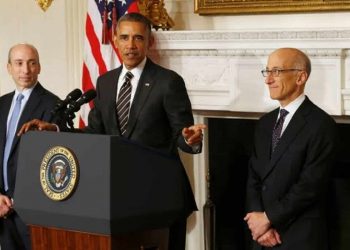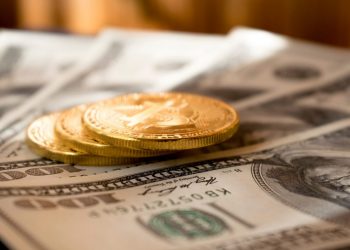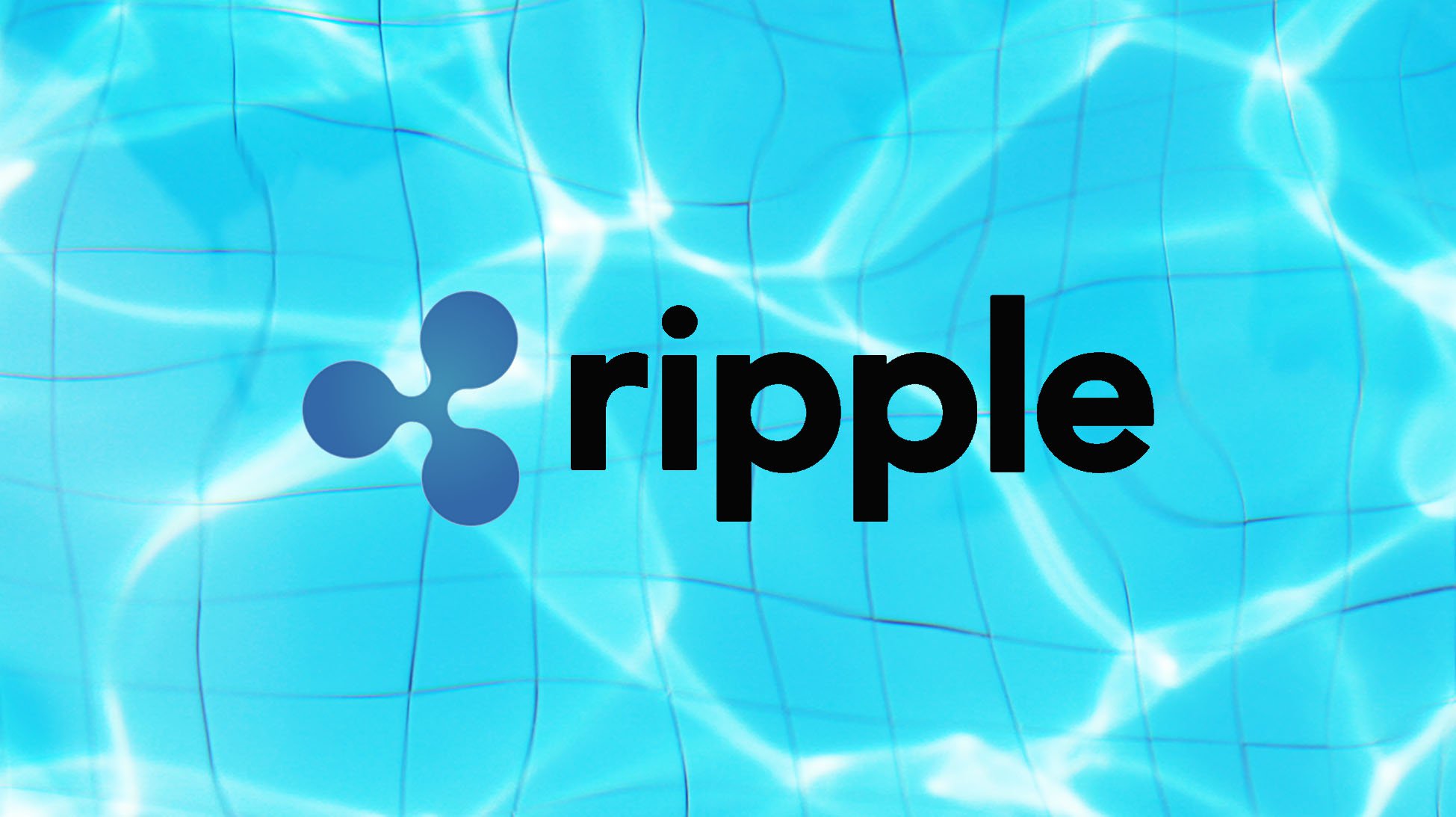Major cryptocurrency exchange Binance aims to have at least two fiat to crypto exchanges in every continent, Ted Lin, Chief Growth Officer of the company, tells Cryptonews.com.
According to him, in terms of priority, Binance prefers to go to places “where there is no existing, effective, or convenient facilities available. We’re not so much in a hurry to jump into a place where there are multiple facilities already [just] to compete.”
As it takes time to comply with the rules of each jurisdiction and effectively communicate with the regulators, providing “compliant and safe exchanges to the mainstream market”, it is difficult to say when exactly the two-exchanges-per-continent scenario will become a reality. “But we are indeed engaging with multiple jurisdictions concurrently.”
In terms of regulations, easier for Binance doesn’t mean more lax, Lin says, but a clearer set of regulatory rules. In very general terms, there are countries that are banning crypto, those that are deciding and are not granting licenses, and those that are granting licenses. “So we see it as red light, yellow light, and green light respectively,” and while Binance likes to stay in the green light, they’d give yellow a chance if it’s possible to progress, but they stay away from the red light.
“We see very few that are in a hurry to ban it, which is a good thing,” Lin says. “The ones who are in hurry to ban it already did. And the funny thing is we have not seen any regulator rushing to the green light side of things. They’re really taking the time to understand the overall scope of the technology before they decide.”
Furthermore, besides English and Chinese, Binance is looking into adding Russian, Korean, Turkish, and Spanish languages. “These are definitely not restricted to a particular geography”, Lin explains. “These are more like linguistic sets.”
Right now, users can choose between Binance.com, which is a crypto to crypto exchange, as well as the three fiat to crypto exchanges, which are acting as fiat on-ramp or off-ramp: Binance Uganda, Binance Jersey, and Binance Singapore.
Last week, the company announced that it will also be launching Binance.US in the U.S. and will restrict their American clients from using Binance.com in September.
Furthermore, there’s crypto to crypto, non-custodial exchange, Binance DEX, which is built on the Binance Chain, the native blockchain, and it’s “jointly run with the community,” where there is no such customer service as can be found in the fully centralized exchange.
The company announced today that it is launching tokens on Binance Chain that will be pegged to leading cryptocurrencies.
“The main benefit of offering crypto-pegged tokens is that, obviously, this makes available to Binance DEX traders the many coins that have their own blockchains and aren’t native on Binance Chain. With the increase in the selection of tokens available on Binance DEX, there should be an increase in trading volume and liquidity, this would further increase the utility value of Binance DEX,” the exchange explained.
Binance Coin, partnerships and investments
“Contrary to popular belief”, the goal for Binance Coin (BNB) is not just to moon, Lin says. “The reason why having our own coin is very important is because it’s something that we can use to proactively develop and demonstrate to the world that crypto is actually a very strong and, in many cases, better alternative to the traditional fiat currencies.”
BNB is up by c. 467% this year and by 117% in the past 12 months.
Recently Binance teamed up with California-based Cred, to offer lending and borrowing services. Cred will migrate a portion of its native LBA token to Binance Chain, which doesn’t mean that Binance is integrating Cred into itself, Lin explains, and there is “no financial arrangement” either.
Meanwhile, in regards to speculations about partnership with Ripple, Lin says that, besides listing XRP, “as far as I know, there is no partnership.”
Also, Binance is always on the lookout for potential investments, he adds. “Investment is always something that we think about for the right people, the right project, and the right teams.” It might not be a company, but could be initiatives that help security efforts. As reported, they are looking at adding additional security measures to Binance, particularly Universal 2nd Factor (U2F).
Because Binance is building the infrastructure, it’s not worried about seeking return in a short amount of time, Lin states, adding that more than 90% of their income now comes from the trading fees.
“Every single thing we do are at a fundamental infrastructure level,” says Lin. The core part of this infrastructure are the three types of exchanges mentioned. Additional pillars to help increase adoption and awareness are Binance Labs, Binance Academy, Binance Launchpad, and Binance Charity Foundation (BCF).
As for the crypto adoption, he says that in a few years “the awareness will be much higher I believe, and by then everybody will know somebody who uses crypto.” And while fiat facility is necessary, “in a super long run when crypto is money, existing financial facilities we’ll have to take a different form. […] I believe money will still be needed because it’s the unit of measure. But the technology based on which money is manifested or represented will take different forms.”


















